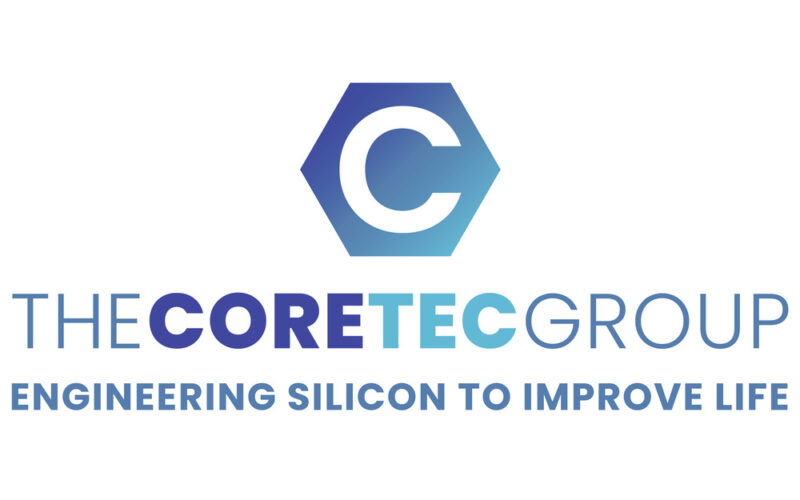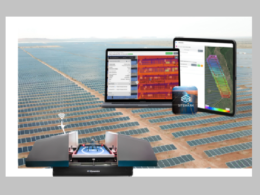ANN ARBOR, Mich. — The Coretec Group (OTCQB: CRTG), developers of silicon anode active materials for lithium-ion batteries and cyclohexasilane (CHS) for EV, cleantech, and emerging tech applications, today provided an update on its partnership with The University of Adelaide, one of the top universities in the world in the field of glass science and photonics, to develop a glass display to be used in The Coretec Group’s CSpace, a 3D static volumetric display technology.
Coretec’s CSpace technology controls two invisible infrared lasers to generate visible, 3D image pixels in an imaging chamber. The imaging chamber relies on rare earth ions that are dispersed within the chamber material to create visible pixels at the locations where the two lasers intersect. 3D images are created by scanning the two lasers across the imaging chamber material.
The Adelaide team is examining three types of alternative low-phonon-energy glasses that have a greater potential for mass manufacturing with high optical quality. As an initial, proof-of-concept step, the team fabricated four small-scale (1 inch) glasses, doped with the same amount of the rare earth ion Er3+ that can generate green image pixels using a dual-infrared laser system.
According to preliminary results, the team found:
TZN tellurite glass was dimmer than the reference ZBLAN fluoride glass, when both infrared lasers had continuous wave output. However, TZN was similar to or even brighter than ZBLAN when one or both of the infrared lasers had a pulsed output.
Other glass types are far dimmer than ZBLAN under any cw/pulsed dual infrared laser scheme.
From here, further investigation to understand the brightness change for TZN and ZBLAN under different cw/pulsed dual infrared laser schemes will be conducted. This will open a new pathway to advance the dual infrared laser-based 3D display concept and could broaden the selection of imaging chamber materials.
“The results of our work with tellurite glass are very promising,” said Dr. Yunle Wei, at the University of Adelaide’s Institute for Photonics and Advanced Sensing (IPAS), working on the project. Professor Heike Ebendorff-Heidepriem, IPAS Deputy Director, who leads this research, said, “We are excited to continue our work with the Coretec Group. This work has the potential to address the limitation in producing large size and high-quality 3D displays.”
After identifying the potential following initial development, the Adelaide team produced a ~2-inch Er-doped TZN cube of high optical quality for further prototype demonstration, using the CSpace system. The next steps for the Adelaide team include upscaling the imaging chamber toward a more practical, useful size of over 10 inches, advancing the dual infrared laser concept and system, along with the development of multi-color imaging chambers.
“The findings from Adelaide underscore the potential for CSpace technology in 3D imaging, especially if we’re able to scale the technology during its next phase of development,” said Matthew Kappers, CEO of The Coretec Group. “While our Endurion battery program is a priority, Coretec continues to advance its proprietary technologies that have applications across a wide range of industries that are considered high-growth markets ripe for disruption.”
Professor Nelson Tansu, the University of Adelaide’s Head of School of Electrical and Mechanical Engineering (EME), who works together with the team, said, “It is fantastic that we bring experts from IPAS, Physics, Chemistry, and the School of Electrical and Mechanical Engineering to advance Coretec’s technologies in 3D volumetric display. This multidisciplinary work will accelerate the translational research and commercialization of high-performance and affordable 3D tabletop displays to the marketplace.”
A full research report will be published in the coming months and the Company will make it available through its website.










